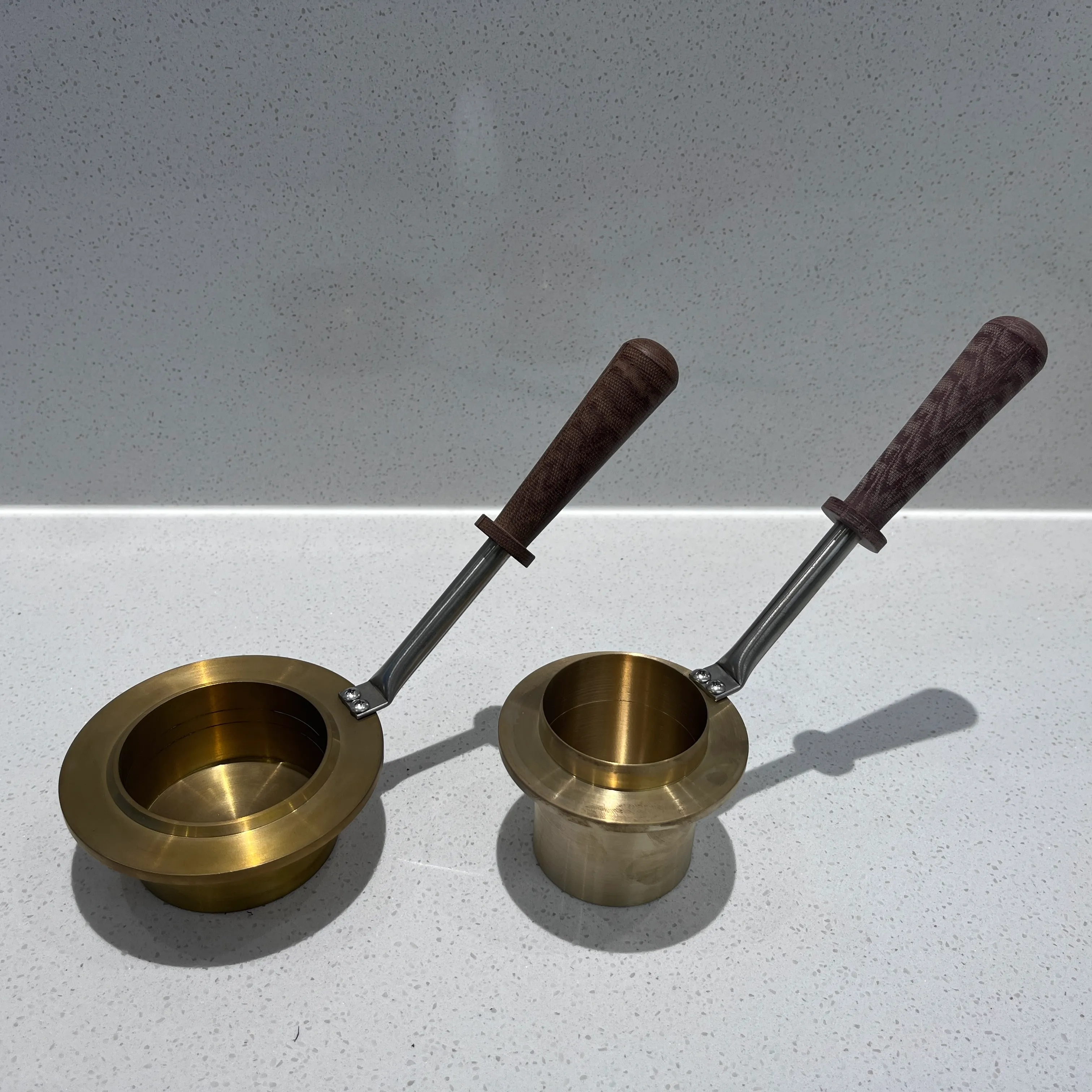 English
English


Device for Measuring Surface Tension with High Precision and Reliability
Understanding Surface Tension Measurement Devices
Surface tension is a fundamental property of liquids that describes the elastic-like force existing at the surface of a liquid. It plays a critical role in various natural and industrial processes, from the behavior of droplets on a surface to the efficiency of detergents. To analyze and quantify this property, scientists and engineers rely on surface tension measurement devices. These sophisticated instruments are essential in a wide range of applications, including material science, chemical engineering, and environmental monitoring.
There are several methods for measuring surface tension, each employing different principles. One of the most common techniques is the Wilhelmy Plate Method. This method involves dipping a thin, flat plate into the liquid, and the force exerted by the liquid on the plate is measured. The surface tension can then be calculated based on the force and the contact angle of the liquid with the plate. This method is valued for its accuracy and ease of use, making it a popular choice in laboratories.
Another widely used method is the Du Noüy Ring Method, which utilizes a specially designed ring that is pulled through the liquid surface. The maximum force required to detach the ring from the surface gives a direct measurement of surface tension. This technique is appreciated for its simplicity and the ability to provide precise measurements, suitable for quality control in manufacturing processes.
surface tension measurement device

Recent advancements in technology have led to the development of more sophisticated surface tension measurement devices. For example, some modern devices incorporate digital sensors and real-time analysis software, allowing for rapid data collection and processing. These innovations enable scientists to perform experiments more efficiently and analyze surface tension in dynamic systems, such as during chemical reactions or phase changes.
Surface tension measurement devices are not restricted to lab environments. Portable options have been developed for field use, facilitating environmental assessments, such as measuring oil spills or analyzing water quality in natural habitats. The portability and user-friendly design of these devices expand their accessibility, allowing researchers to gather valuable data in real-time conditions.
In conclusion, surface tension measurement devices are indispensable tools in studying and applying the principles of surface tension across various fields. Whether through the traditional methods like the Wilhelmy Plate or Du Noüy Ring, or through modern, high-tech devices, the accurate measurement of surface tension enhances our understanding of liquid behavior and supports industries ranging from pharmaceuticals to environmental science. As technology continues to evolve, we can expect even more innovative approaches to measuring this critical property, further contributing to scientific and practical advancements.
-
Differences between open cup flash point tester and closed cup flash point testerNewsOct.31,2024
-
The Reliable Load Tap ChangerNewsOct.23,2024
-
The Essential Guide to Hipot TestersNewsOct.23,2024
-
The Digital Insulation TesterNewsOct.23,2024
-
The Best Earth Loop Impedance Tester for SaleNewsOct.23,2024
-
Tan Delta Tester--The Essential Tool for Electrical Insulation TestingNewsOct.23,2024





